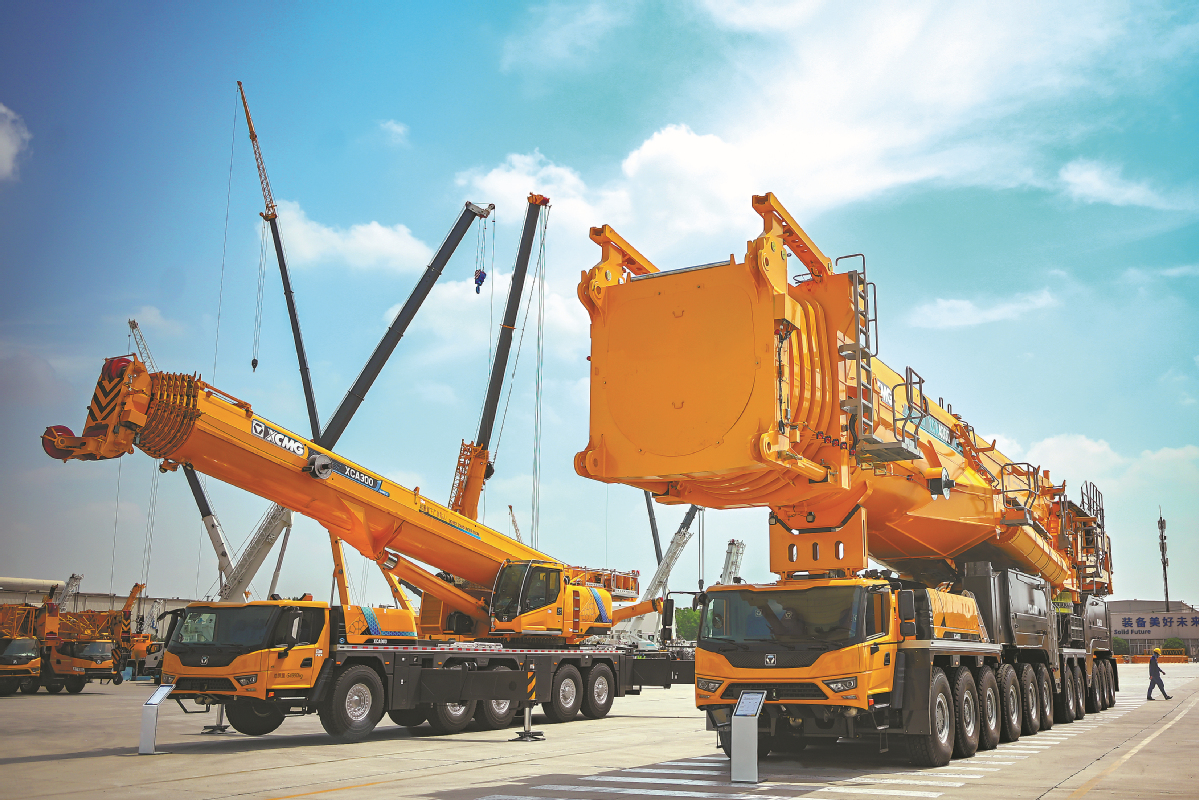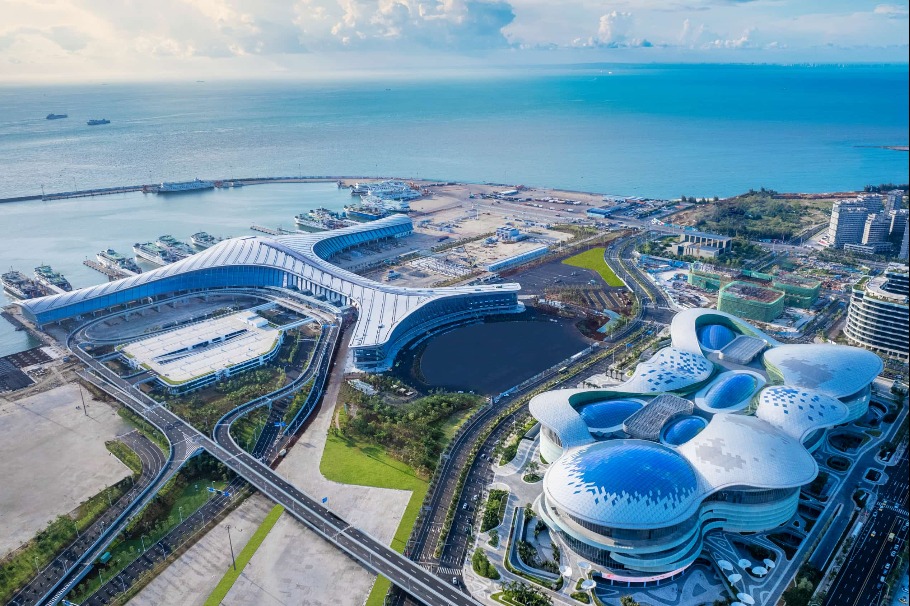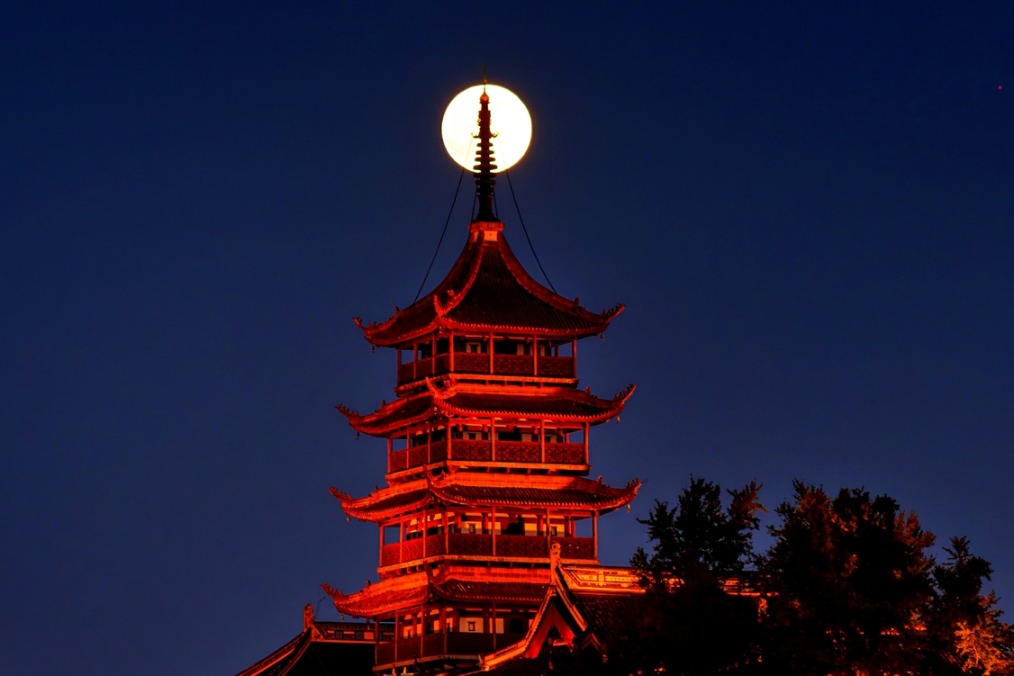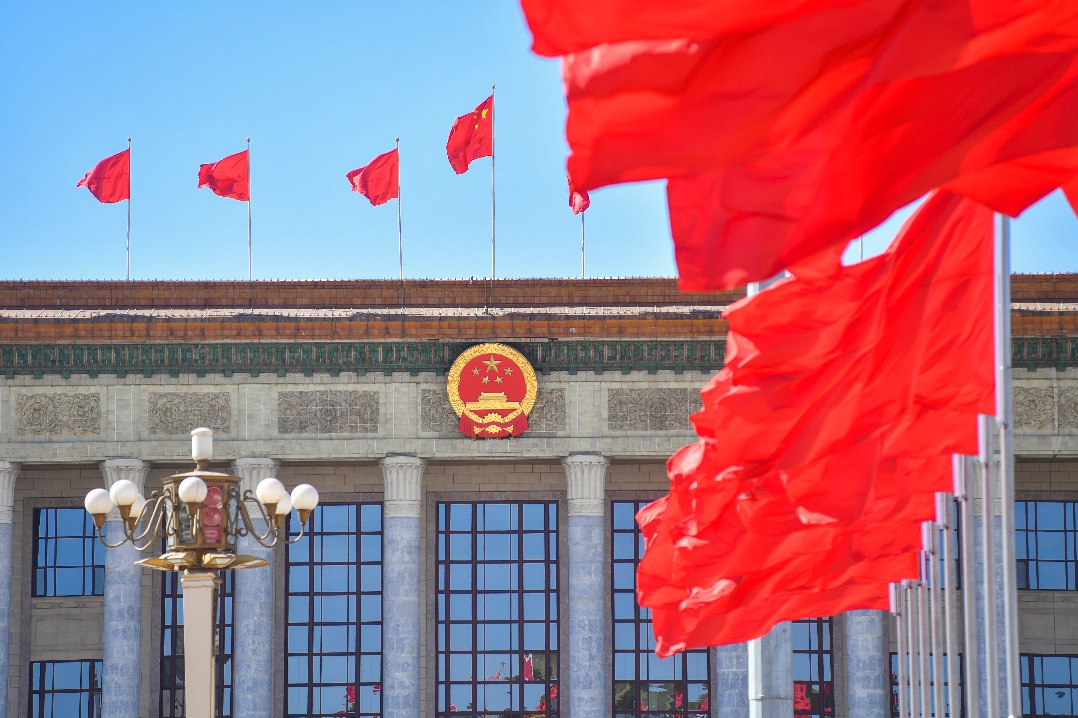Seismic shift in nation's industrial revolution
Once synonymous with mass production and low-cost labor, China's construction machinery sector now leads the world in intelligent manufacturing


At the heart of China's industrial revolution, a quiet yet seismic shift is unfolding. Once synonymous with mass production and low-cost labor, the nation's construction machinery sector now leads the world in intelligent manufacturing, redefining global supply chains amid geopolitical headwinds and technological rivalry.
On a windswept construction site in North China, a towering yellow crane — the XCA4000, the world's largest-tonnage wheeled lifting machine — was being put to work 162 meters above the ground.
"The '4,000' in its name signifies the theoretical maximum lifting capacity of 4,000 metric tons, which is achievable at its shortest boom length and smallest working radius. It has a shortest boom length of 22.5 meters and a minimum working radius of two meters," said Li Changqing, Xuzhou Construction Machinery Group's chief engineer for the XCA4000.
More importantly, the XCA4000 is able to operate efficiently at high altitudes, a crucial feature given its primary role in hoisting wind turbines. Capable of lifting 230 tons — equivalent to the combined weight of over 200 cars — to a height of 170 meters, the XCA4000 is able to keep the crane cab stable while at the same time allowing operators to maneuver the crane with precise movements.
"The machine was developed to meet demand from the wind power markets to address the need of lifting larger wind blades used for generating power with higher efficiency, which is becoming prevalent in the rapidly evolving wind power market," Li said.
Adopting advanced technologies, the XCA4000 has solved problems that are commonly seen with other cranes such as reduced lifting performance at high altitudes and limited space beneath turbine lifting hooks.
























